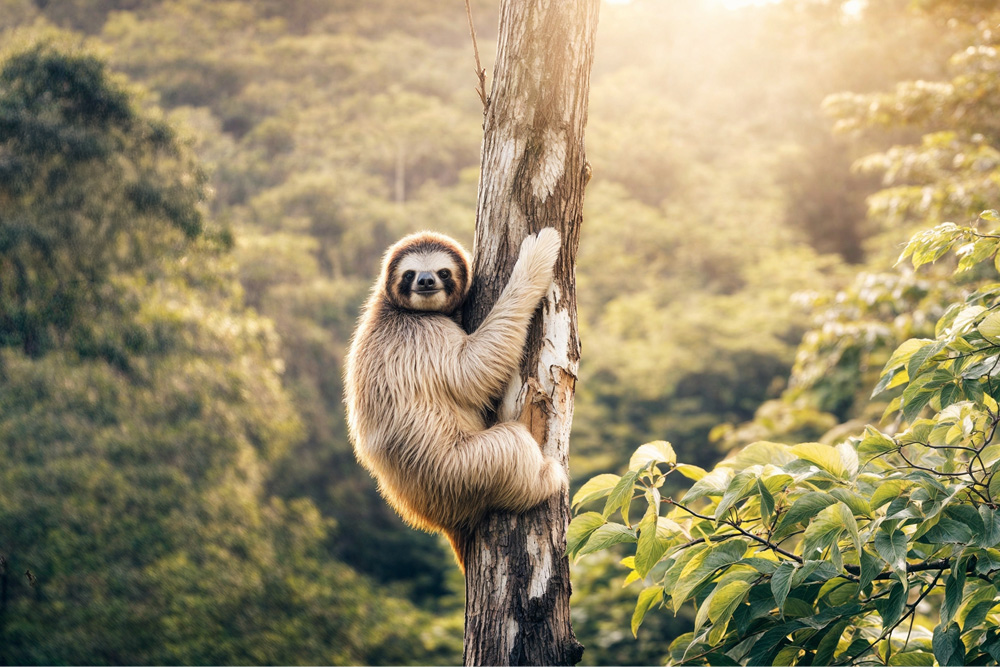

By Jean LeBlanc
Imagine exposing yourself to hungry enemies every time you carry out one of your regular, mundane tasks. Neglecting it could mean illness or death, so you must do it repeatedly. Yet this places you in a particularly dangerous position, because while you possess a few effective weapons, you move slowly and see and hear poorly.
Would you enjoy such a life? In the rainforests of Central and South America, the sloth faces this every time it needs to relieve itself, which isn’t very often—normally about once a week!1
The two-toed sloth is a vegetarian who eats leaves, along with flowers and fruit. Despite the limited menu, sloths have leaf preferences, which their mothers pass onto them. Among others, two-toed sloths enjoy the wild cashew (espavé)2 tree. They dine on fresh leaves because mature leaves contain more toxins and cellulose. Just one leaf can take thirty days to digest
Last Generation is a magazine for people seeking spiritual answers to the current issues of our times.
Your subscription will give you:
*Digital-only subscriptions also available
“Top 10 Facts about Sloths,” World Wide Fund, May 17, 2022,
“Anacardium Excelsum,” Wikipedia, Jan. 7, 2025,
“What Do Sloths Eat? Sloth Diet, Food, and Digestion - SloCo,” The Sloth Conservation Foundation,
“Baby Sloths: Everything You Always Wanted to Know - Sloth Conservation,” The Sloth Conservation Foundation,
“With a Little Help from My Friends: Sloth Hair, Moths and Algae - SloCo,” The Sloth Conservation Foundation
The Sloth Conservation Foundation, https://slothconservation.org/.
© Shutterstock.com
Jean LeBlanc writes from Dover-Foxcroft, Maine. She enjoys reading, digital drawing, and spending time outdoors.